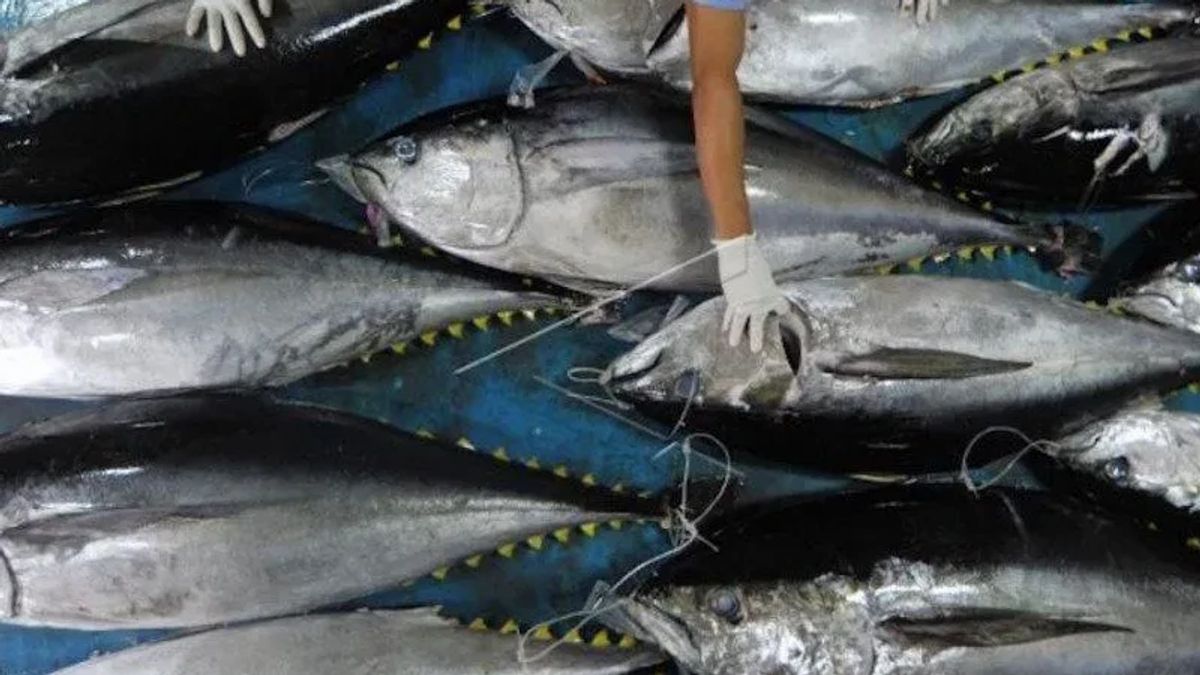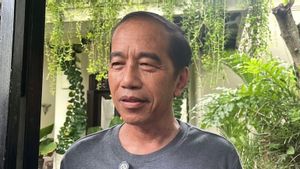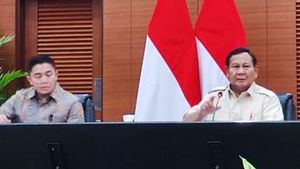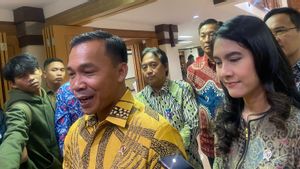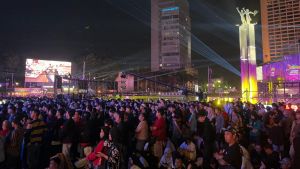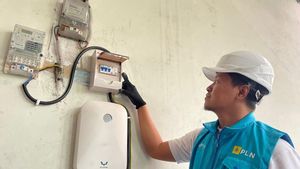JAKARTA - Downstream fisheries in Indonesia must continue to be encouraged to implement it. This is to increase revenue in the sector.
Chairman of the Indonesian Marine Bachelors Association (Iskindo) M. Riza Damanik said, there are four (4) important keys to downstream fisheries in Indonesia.
First, an approach is needed from the micro, small and medium enterprise ecosystem, the national private sector, to SOEs to unite, so that the acceleration of fisheries downstreaming can be achieved.
"This is very important, especially since we know that the economic structure of fishery is 96-97 percent, small-scale fisheries business actors," Riza told the media crew in the Pasar Minggu area, South Jakarta, Monday, February 20.
Second, human resources are needed, considering that downstreaming requires innovation and technology. Riza gave an example, Thailand, which has 44 percent of its total banking business actors, is already in the downstream sector. Meanwhile, Indonesia is still far behind this.
"Therefore, our current homework is how to thicken or add our human resources to be involved in the downstream process, be it in order to produce technological innovations, increase the added value of the product, or to be able to have the ability to enter a wider market," he said.
Third, downstreaming requires strengthening in the upstream sector, especially in relation to fishery cultivation, such as to produce aquaculture products.
Riza assessed that this would depend heavily on feed. If the price is expensive, then the products produced will also become uncompetitive, both in the national, regional, and international markets.
"That's the case for capture fisheries. Our capture fisheries because the structure is mostly small ships and this really depends on the availability of fuel oil," he said.
He explained that the government had actually provided subsidies to small ships, but at the same time there were challenges related to the accuracy of the distribution of subsidized fuel.
"I think this needs to be strengthened, including by improving the distribution system, for example through fishermen's cooperatives throughout Indonesia. So, no longer channeling outside the cooperative ecosystem, but in the cooperative ecosystem, so that later a better audit can be carried out on the distribution of fuel," he said.
Finally, downstreaming can be done through superior fishery commodities first. Because, it is necessary to realize that downstreaming cannot be done haphazardly for all commodities.
"I think the latest analysis submitted by the Coordinating Ministry for Maritime Affairs and Fisheries has also sorted and selected more general superior commodities. I think we can start from three leading commodities, the first is shrimp, the second is seaweed, and the third is tuna," he explained.
"The three commodities, when we talk about the size outside of the fishery economy, are more than half. The fishery economy is very dependent on this commodity, especially shrimp, shrimp can be 30-40 percent," he added.
The English, Chinese, Japanese, Arabic, and French versions are automatically generated by the AI. So there may still be inaccuracies in translating, please always see Indonesian as our main language. (system supported by DigitalSiber.id)
